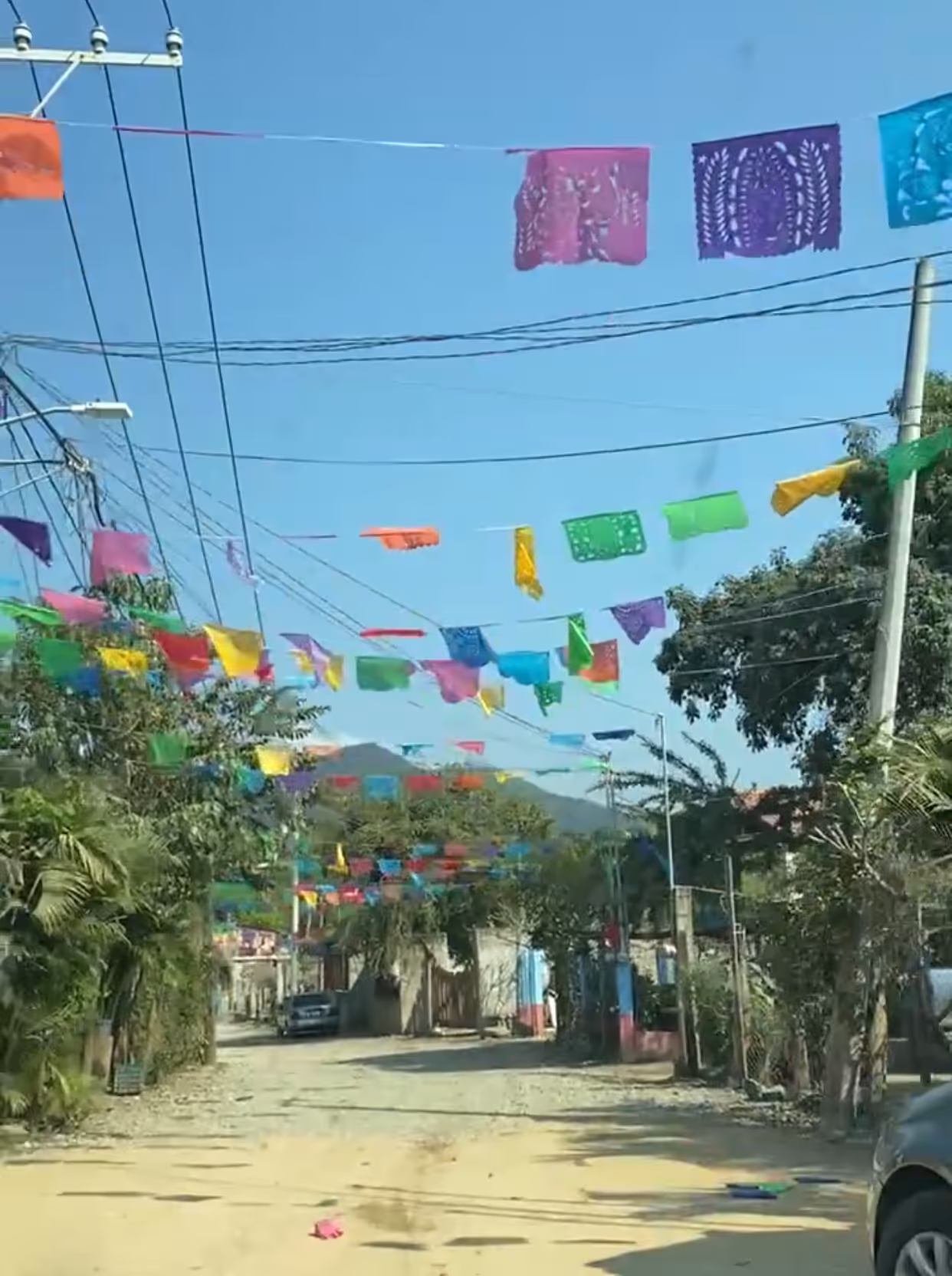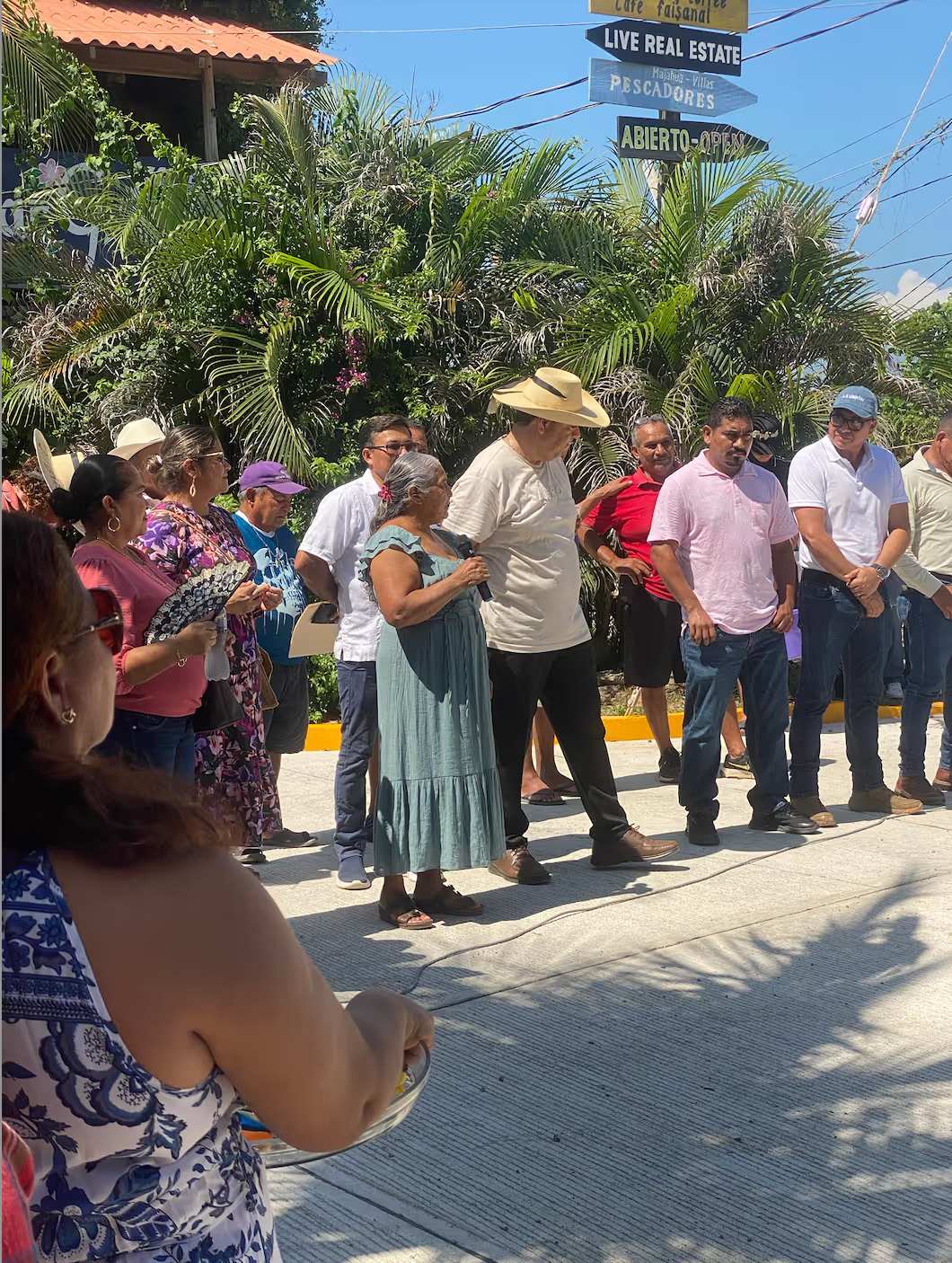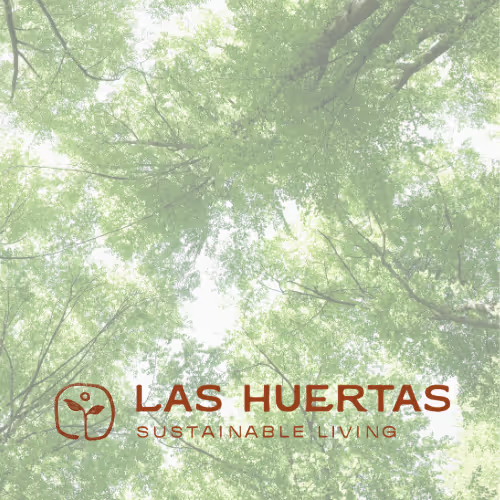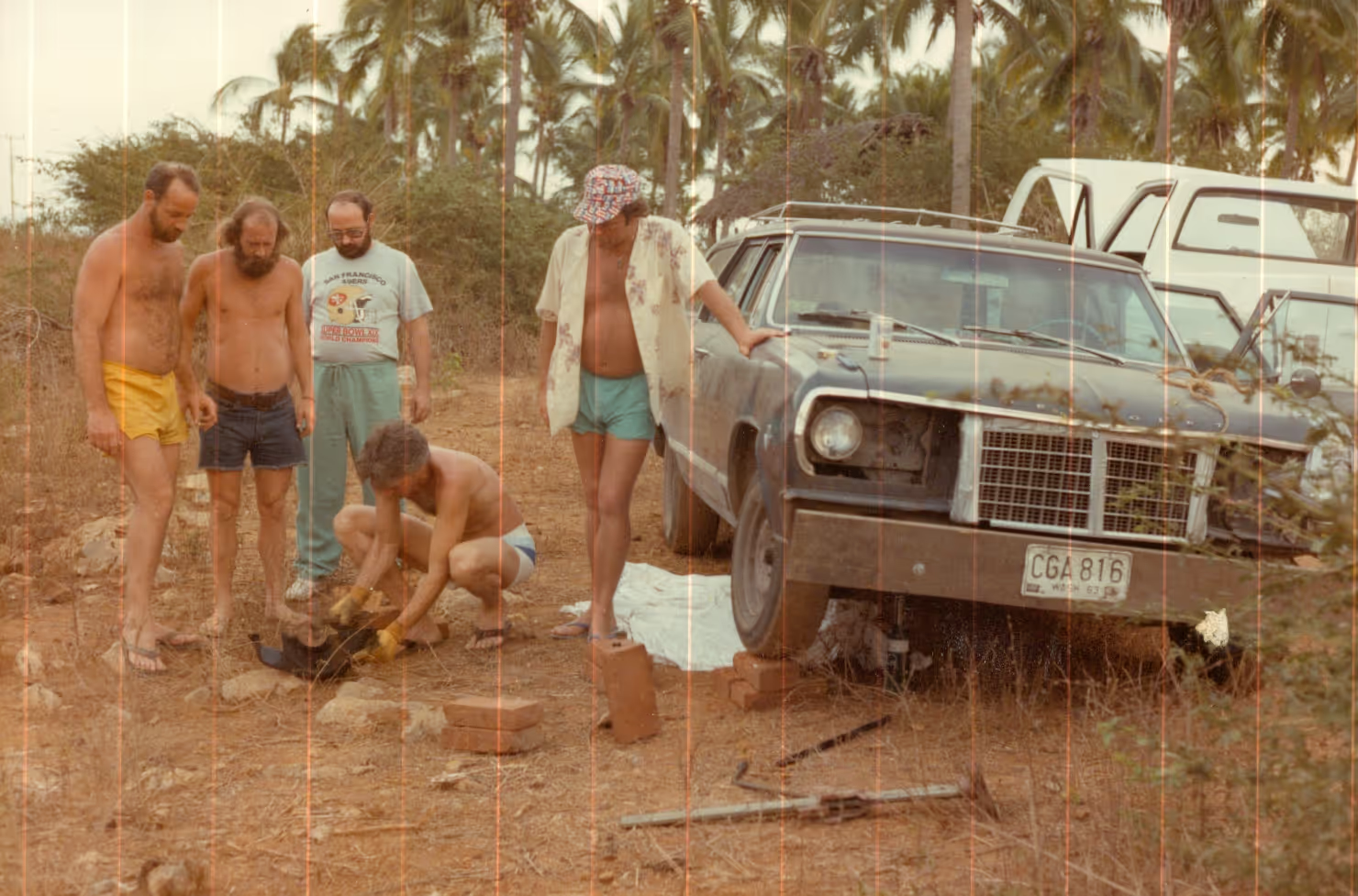PAVING THE WAY
Majahua’s main road gets re-done; the community looks ahead
The village of Majahua, long known for its dusty road, distinctive fishingfleet, feet-in-the-sand restaurants, hidden surf breaks and slow pace of life, has had a makeover this summer. A brand new concrete road, complete with safety curbs and access ramps, now covers the ancient lumpy gravel from the entrance of the Punta Majahua condo all the way past the local primary school and the entrance to Piedecito de Cielo restaurant.
%201.44.22.avif)

The village of Majahua has long been known for its rustic charm–its dusty road, its blue-hulled fishing fleet, its hidden surf breaks, its feet-in-the-sand restaurants, its slow pace of life. This summer, Majahua has had a makeover of sorts–a brand-new concrete road now covers the village’s ancient lumpy gravel and its rainwater-carved arroyos.

The new road runs from the entrance of the Punta Majahua condo complex, from where the village starts, to just beyond the entrance to El Piedecito de Cielo restaurant and the primary school. It comes complete with safety curbs, access ramps and topes (speed bumps).
On September 6, a ribbon-cutting ceremony officially dedicated the new road, with Majahua comisario José Luis Sanchez Rivera opening the event by saying, “Today we celebrate more than just the end of a public works project, it’s also a moment where we recognize a long-due improvement that benefits our community and benefits our neighbors. This road you see here is made from more than concrete. It symbolizes progress, that people now have better access to our community and that we can now fully participate in the economic expansion of the area. I want to thank everyone who put in their own grain of sand to make this project a reality for the benefit of all our families.” He then introduced the 70-some area residents in attendance to el presidente of La Unión, José Francisco Suazo Espino.
[The term comisario is akin to a commissioner or mayor; el presidente is much like a town supervisor or county executive. Majahua, Troncones and Saladita are all within the county-sized township of La Unión de Isidoro Montes de Oca.]
The road project was managed by the public works department of La Unión after years of consistent effort and patient networking by the prior Majahua comisarios Benjamín Lorenzana Maldonado and Benito Rodriguez Ramirez, as well as the newly-elected Jose Luis. In describing how the project came to be Benito said, “After I was elected in 2022, we had a meeting where people talked about how they wanted to see Majahua, how they wanted Majahua to be seen. The road was a priority. I went to La Unión to talk to the president. I made a lot of trips there; there were a lot of issues to work through. For example, we had posts with electrical meters, junction boxes and wires in the way, where we needed the road to go. We had to have meetings with CFE and TelMex, too. Finally, after all that, the paving was approved by the public works department. That happened in late 2024.”
As fast and straightforward as that process might seem, Benito praised Benjamín for making his effort easier, “Benjamín, as comisario, took the time to create a better connection between Majahua and La Unión. That helped me and it helped the whole village. I know Jose Luis will keep that connection going, that he will continue to be the voice of Majahua in La Unión.”
Jose Luis remembers other presidentes having intentions of helping Majahua, publicly recognizing the need to repair the water tower, the school roofs and the road during their campaigns, but that nothing had been done since a retaining wall was built near the boat launch in 1998. “Things have changed now. José Francisco has taken a real interest in Majahua. He knows how important this work is to us, that more people can come here and feel comfortable, and that it improves our quality of life.”

Jose Luis already is working on developing other projects with La Unión, including a bus stop and a direction sign listing the businesses in the village (like the one at the T in Troncones). Jose Luis added, “There’s also an existing government program for tourist destinations, in partnership with Comex [a paint manufacturer], where the government buys and donates the Comex paint and the people paint their village one single color. It’s something we’re starting to discuss. It would be a step towards Majahua becoming something like un pueblo magico.”
[Pueblo Magico is a national government tourism designation reserved for towns of 5000 or more. It honors places with unique cultural and social heritage. Zihuatanejo, Taxco and Pátzcuaro are nearby pueblos magicos.]
When asked during the road dedication why Majahua was so important to him, el presidente José Francisco answered, “We’ve run campaigns in this area for 25 years and I’ve seen that this village has been ignored, without any public works projects. For Majahua, and this whole area, to thrive as a tourist zone, we need to improve the infrastructure. The people of Majahua deserve that and more. We’ll keep attending to its needs in the future. Majahua is home to working families who depend on tourism and fishing. They are an essential part of the development and growth of La Unión.”

While the road project’s engineering team solved many of the problems related to the rainy season run-off that comes off the mountain and out of the underground springs in the village, it hasn’t solved them all. There’s still been some flooding and adjustments are being made around the Majahua kindergarten and Yela’s store and restaurant.
One area that was not part of La Unión’s Majahua paving project is the moonscape-like, still-gravel portion of road in front of the Nerea condo. That bit of roadway is part of Troncones and is literally “outside” of the scope of work provided to Majahua. Both Benito and José Luis are certain paving that section is already in the works in La Unión, José Luis saying, “It’s going to take a little more time. For now, that area will be re-filled and re-graded when La Unión sends their road maintenance equipment in November, so will the road behind Majahua that’s been used as a detour since the paving project started in June. Both of those areas will be improved.”

In closing the dedication, el presidente José Francisco asked if anyone had something to say before the ribbon cutting. Carmen Oregón Trujillo, a long-time Majahua resident stepped forward, took the microphone and shared, “Many presidentes have passed through here when they wanted our vote. When they won, they seemed to forget us. I’m very appreciative of el presidente José Francisco and everyone who took part in making this road possible. I’m one of the people who lives along the road, who’s always had dust in their house. This project will change many things for us and I look forward to other projects here. We always need something in this village. Muchas gracias.” Her joy and gratitude were echoed by loud applause.

%2017.27.38.avif)
.avif)





%2013.13.24.avif)